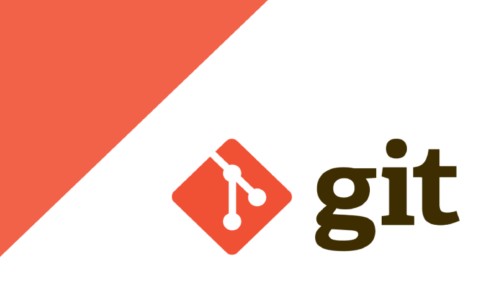Git workflow is a system of rules used to ensure a well-organized and efficient development process for your project. It outlines the best practices for managing source code and enables teams to collaborate more effectively.
Git workflow usually has several stages:
Developing – This is where developers create their code and make changes to existing code. Each separate change should be tested locally before committing it to the repository. It’s important to commit often to reduce the risk of losing any changes.
Staging – After developing code and ensuring that it works, code is ready to be moved from a development branch to the staging branch. This allows developers to test their code again in a ‘production-like’ environment. It also serves as a checkpoint that can be used to identify potential issues with the code.
Deployment – After making sure the code is working correctly, it’s ready to be pushed to production. This involves merging the staging branch into the master branch and then pushing the code to the production server.
Maintenance – Once code has been deployed, it needs to be maintained over time. This includes bug fixes, performance improvements, and any other changes needed to keep the software up-to-date. Regular maintenance is necessary to ensure that the code stays functioning properly.
Git workflow provides an organized and consistent way to manage code and help ensure that projects run smoothly. It’s important to understand the different stages of the workflow so that you can use it to its full advantage. By following these best-practices, you can ensure that your team is able to collaborate effectively, deploy quickly, and maintain high quality code.


